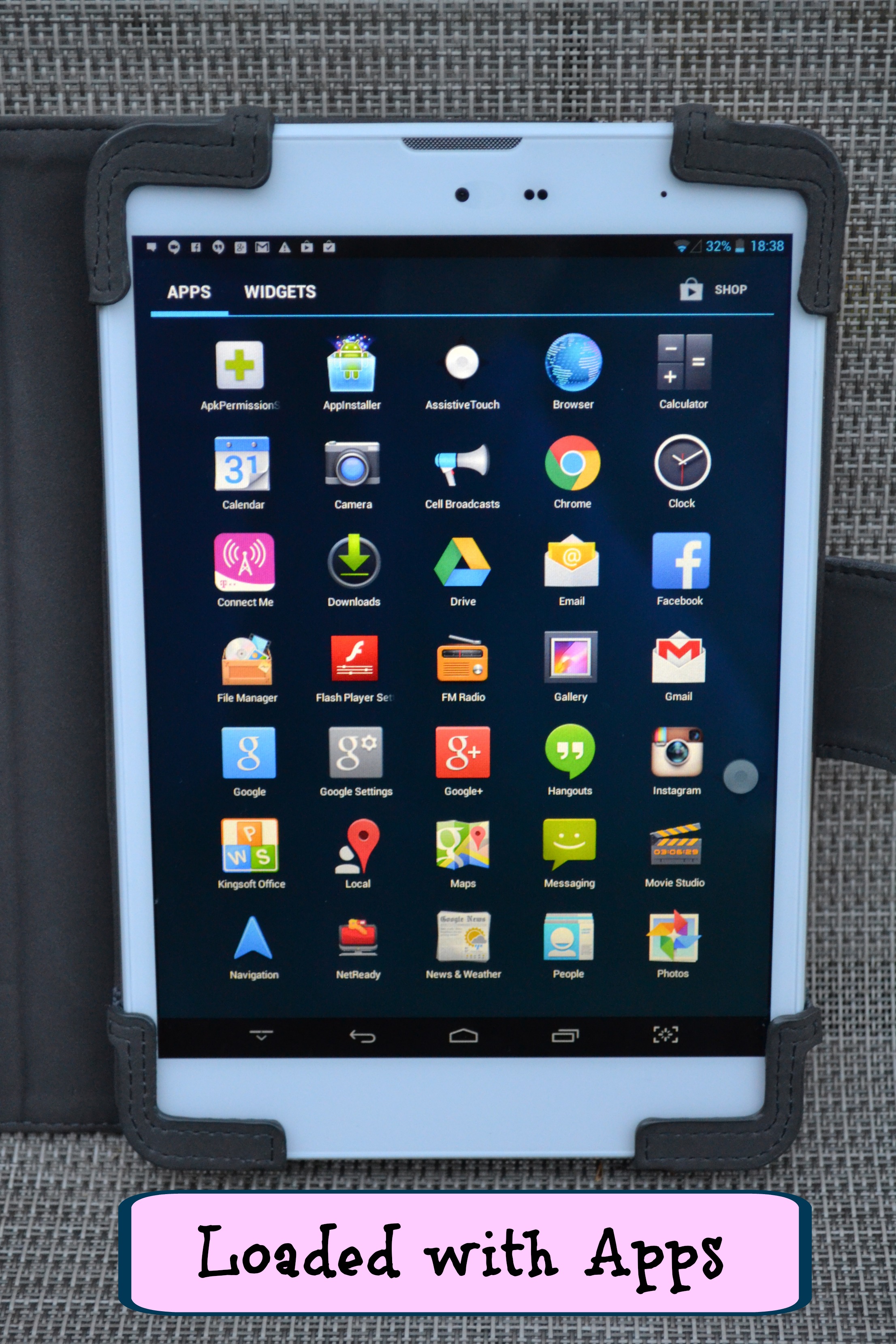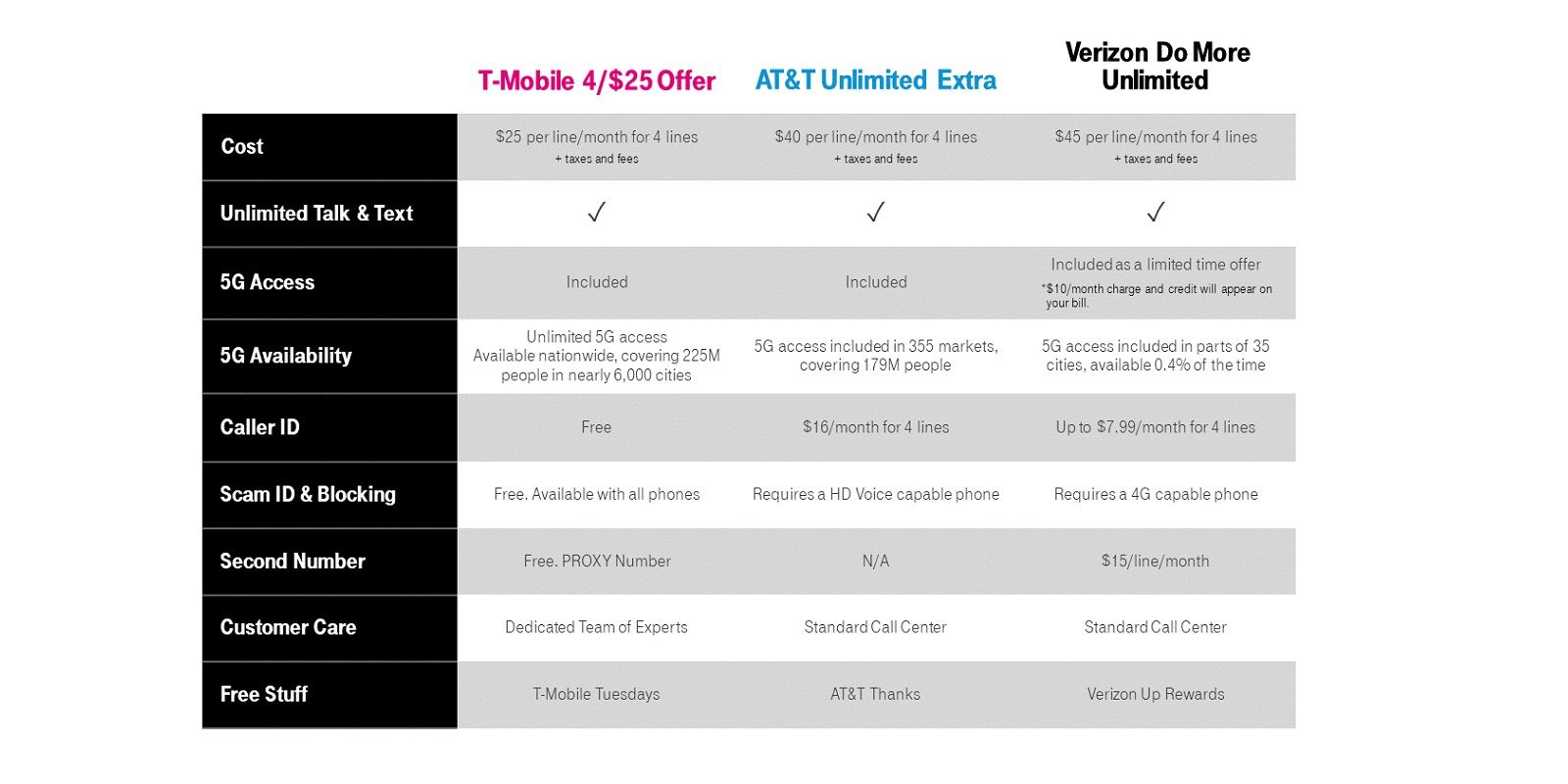
#T mobile 4 lines 6gb $120 tethering drivers#
The strap materials feel quality too-more like a padded extra-soft t-shirt than standard foam padding-never bothering me during extended play sessions.īut most importantly, the Index is comfortable because of how it delivers audio.īuilt-in near-field speakers hover just next to your ears, powered by speaker drivers instead of the ones usually found in headphones. Not to mention it's built from carefully selected, high-quality materials, with top-notch weight distribution.

It's a bit heavier than the Rift S-enough that the weight was noticeable in our side-by-side comparison-but the shape of the head strap better distributes that weight around your head. If the specs list wasn't enough, the Valve Index feels great to wear. It runs up to 144Hz in an experimental mode, but will hit a speedy 120Hz the rest of the time.Īll sound good? Yeah, the Valve Index is the granddaddy of VR headsets. The Index's FOV, at 130°, is also best-in-class, and there's virtually no detectable screen door effect inside the headset. The subpixel layout makes for a stunningly crisp picture, and while it's gradually being pushed down the ladder for resolution, it's deceivingly better than it sounds on paper. The Valve Index boasts some of the best visuals of any mainstream, commercially available VR headset, and that's down to the RGB LCD screens Valve is using. The fact that it's also the cheapest VR headset we recommend is just icing on the cake. Having originally required a Facebook account, we're now happy the Quest 2 no longer requires a Facebook login.Īs an all-round VR headset for a wide range of uses, the Quest 2 is simply unparalleled. That's roughly around two hours of battery life for gaming. The Quest 2 not only deals with the processing onboard, but it's also trying to conserve battery power to ensure a half-decent run. The standalone experience is admittedly still hampered by the low-power silicon, and there's no getting around that. It's a little fiddly, but you need only do it once and it's relatively quick to complete. The first time setup process will have you removing your headset, memorising Wi-Fi passwords, putting the headset back on again, and then waiting around for a couple of updates. With Inside-Out tracking and hand tracking built-in, you can go from unboxing to up-and-running in VR in just a couple of minutes. The Quest 2 is one of the quickest headsets to get up and running on this list. Meta replaced that with the 128GB model for the same price, so we don't recommend picking the 64GB model up unless it's going much cheaper than MSRP. There was also a 64GB model, as this was all the storage cheaper option launched with, but you'd probably be looking to buy a pre-owned headset to find one. There are two storage options to choose from: 256GB and 128GB. The official Oculus Link cable is really nice but so expensive. You can absolutely use a cheaper cable, but bear in mind that some won't deliver the length, bandwidth, or power that pricier cables can. I've bought the official Oculus Link cable, although it is really pricey.
#T mobile 4 lines 6gb $120 tethering Pc#
You can either play games purpose-built for the standalone headset, and thus rendered by the onboard Snapdragon XR2 chip, or beamed from your PC using Oculus Link and a compatible USB Type-C cable. That also now comes with 6GB of RAM, a step-up from the 4GB on the original model. Powering that is the Snapdragon XR2 System-on-Chip (SoC) from Qualcomm, which is a marked improvement over the Snapdragon 835 SoC used in the older Quest model.


So long as you keep the headset at a decent level with your eyes in the centre, the Quest 2 delivers a crisp and clear picture. The Quest 2 becomes more than a standalone VR headset with Oculus Link. Especially if you can find a good deal on one.Īt 1832 x 1920 per eye, the Quest 2 offers exceptional clarity for what is priced like an entry-level headset, but is much more than that. If you want a VR headset today, there's still a lot to like about the Quest 2. That's still a good few months out yet, however. Meta has been spending big on its VR division, Reality Labs, lately, and it's sure to make a splash with its next-gen headset. That's more money than asked for the Quest 2, which isn't surprising considering Meta has messed with the Quest 2's price over the years, but the next-gen headset does promise to deliver. It might not stay that way for long, however, as the Quest 3 is set to release this year for $499.


 0 kommentar(er)
0 kommentar(er)
